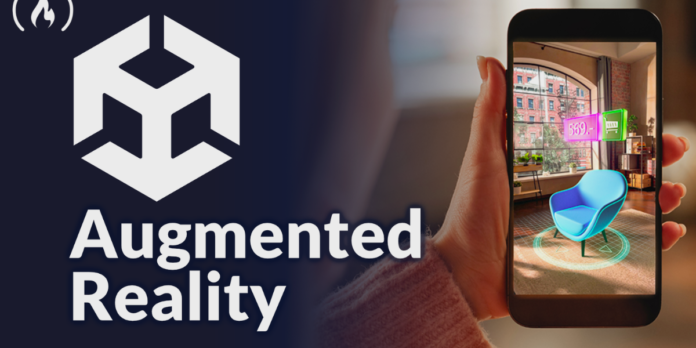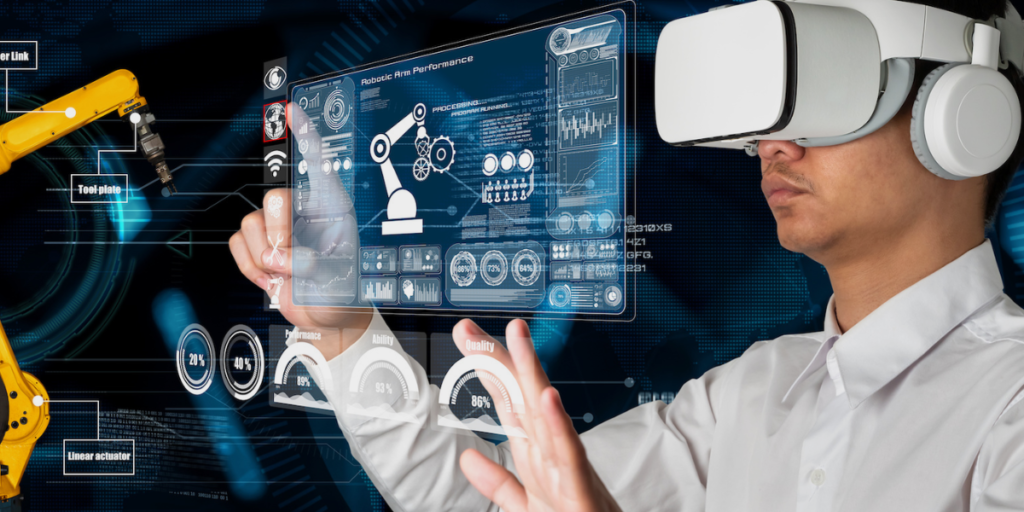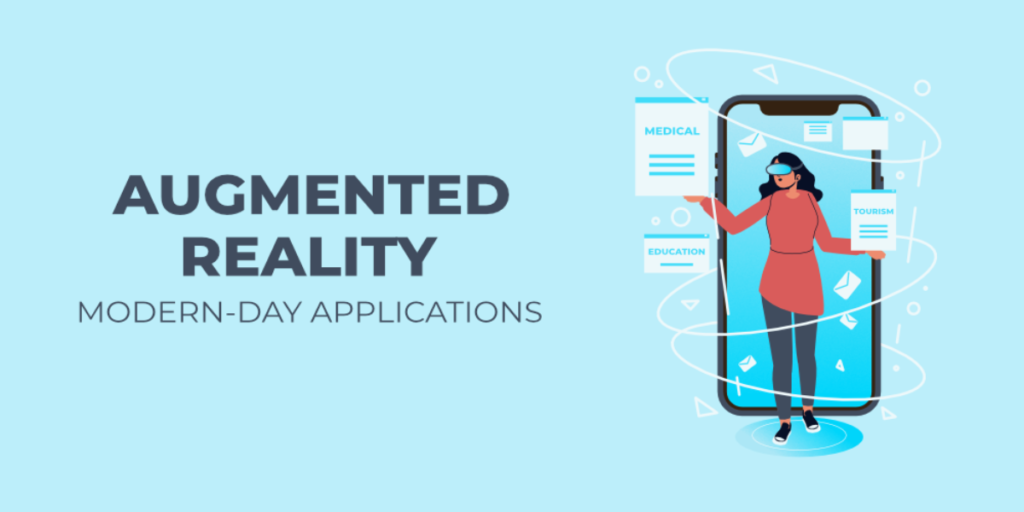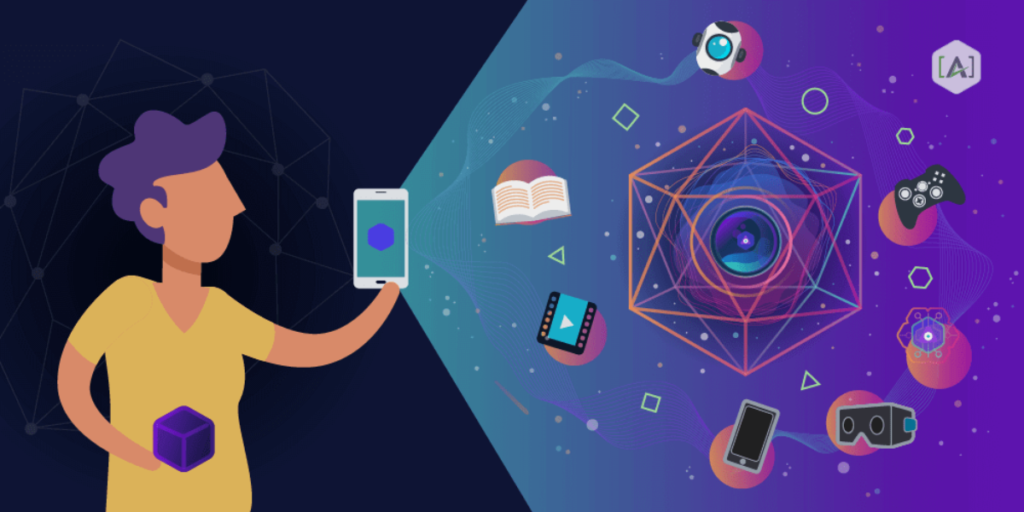In recent years, technology has continuously blurred the boundaries between the digital and physical worlds, giving rise to new and innovative experiences. One of the most transformative technologies emerging from this fusion is augmented reality (AR). Unlike virtual reality, which immerses users in a completely digital environment, AR overlays digital information onto the real world, enhancing our perception and interaction with our surroundings. This article delves into the fundamentals of AR its applications across various industries, and its potential to revolutionize our daily lives.
Understanding Augmented Reality
Augmented reality is a technology that superimposes computer-generated images, sounds, or other data onto the real world, typically viewed through a device such as a smartphone, tablet, or AR glasses. The core of AR technology involves three main components:
-
Sensors and Cameras:
These capture the user’s environment and send this information to a processing unit.
-
Processing Unit:
This unit interprets the data, identifies the context, and generates the appropriate digital content.
-
Display:
The processed digital information is then displayed on a screen, blending seamlessly with the real world.
By enhancing real-world experiences with digital elements, AR provides a richer, more interactive user experience.
Applications of Augmented Reality
Entertainment and Gaming
One of the most popular applications of AR is in entertainment and gaming. The global phenomenon Pokémon Go, released in 2016, showcased the potential of AR by allowing players to capture virtual creatures in real-world locations. This game not only highlighted the interactive capabilities of AR but also demonstrated its potential to engage users on a massive scale. Other examples include AR-based filters on social media platforms like Snapchat and Instagram. Which enables users to apply fun, interactive effects to their photos and videos.
Retail and E-Commerce
The retail sector has been quick to adopt AR technology to enhance the shopping experience. AR enables customers to virtually try on clothes, accessories, or makeup before making a purchase, thereby reducing uncertainty and increasing customer satisfaction. For instance, IKEA’s AR app allows users to place virtual furniture in their homes to see how it fits and looks in their space before buying. Similarly, cosmetic brands like Sephora use AR to let customers experiment with different makeup products virtually.
Education and Training
AR has significant potential in the field of education and training by making learning more engaging and interactive. Educational apps can overlay digital content on textbooks, providing students with 3D models, animations, and additional information that enhances understanding. In medical training, AR can simulate surgical procedures, allowing students to practice in a controlled environment. This immersive approach not only enhances comprehension but also improves retention and practical skills.
Healthcare
In healthcare, AR is revolutionizing patient care and medical procedures. Surgeons use AR to overlay critical information, such as blood vessels or tumor locations, onto the patient’s body during surgery, improving precision and outcomes. AR also aids in patient education, helping doctors explain complex medical conditions and treatments by visualizing them in 3D. Furthermore, AR is being used in physical therapy, where patients can follow animated exercises overlaid on their real-world environment, ensuring correct movements and posture.
Navigation and Tourism
AR is transforming how we navigate and explore new places. AR navigation apps overlay directions, points of interest, and other relevant information onto the real world, making it easier for users to find their way. In tourism, AR enhances the experience by providing historical information, translations, and interactive tours at landmarks and museums. This added layer of information makes exploring new places more informative and engaging.
Challenges and Future Prospects
Despite its immense potential, AR faces several challenges. One major issue is the need for powerful hardware to run AR applications smoothly. Which can be expensive and not widely accessible. Additionally, creating high-quality AR content is resource-intensive and requires significant technical expertise.
Privacy and security concerns also arise with AR, as the technology involves constant data capture and processing in the real-world environment. Ensuring that this data is protected and used responsibly is crucial to prevent misuse.
Looking ahead, the future of AR is promising. Advances in hardware, such as more affordable and powerful AR glasses, will likely drive widespread adoption. The development of 5G networks will enhance AR experiences by providing faster and more reliable data transmission, reducing latency, and supporting more complex applications.
Conclusion:
Augmented reality is a powerful technology that has the potential to transform various aspects of our lives. By seamlessly integrating digital content with the physical world, AR creates richer, more interactive experiences that enhance entertainment, education, healthcare, retail, and more. As technology continues to evolve and overcome current challenges. We can expect AR to become an integral part of our everyday lives, revolutionizing how we interact with the world around us.






